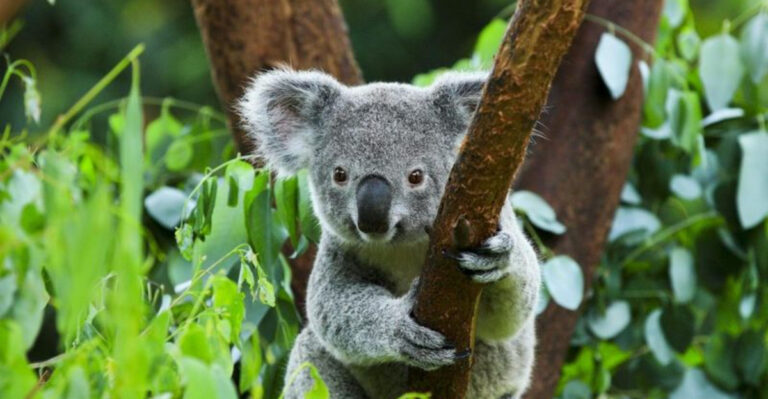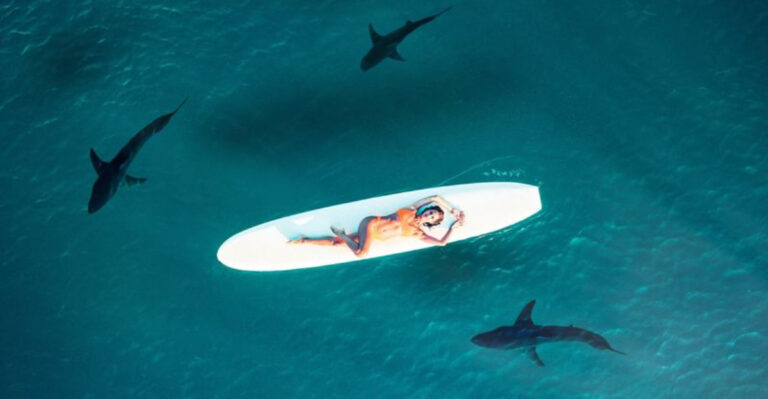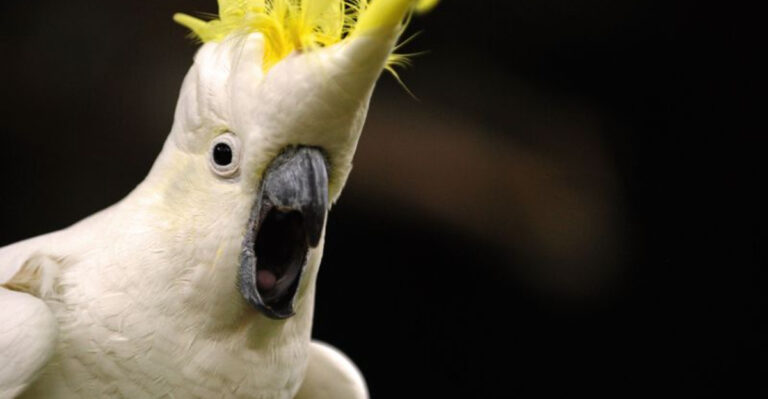9 Invasive Species Taking Over North America (And 5 Native Species Restoring Balance)
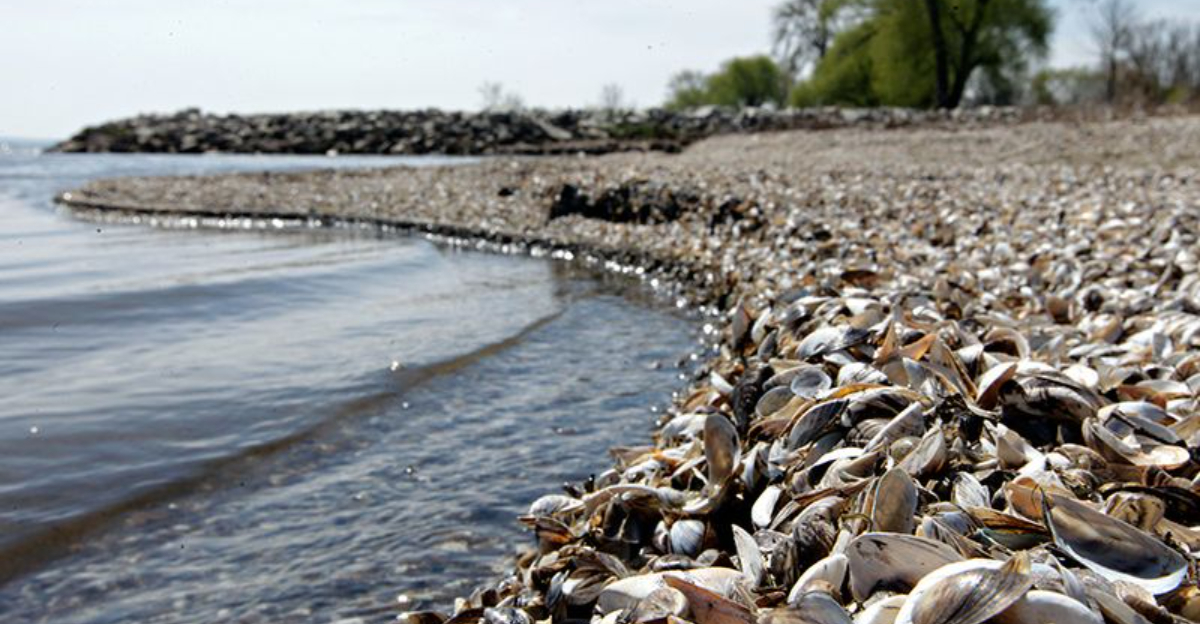
Mother Nature has a delicate balance that’s been thrown into chaos by unwelcome guests. Across North America, invasive species are wreaking havoc on ecosystems, outcompeting native wildlife and destroying habitats.
But there’s hope! Several remarkable native species are fighting back, helping to restore the natural order that once existed.
1. Asian Carp
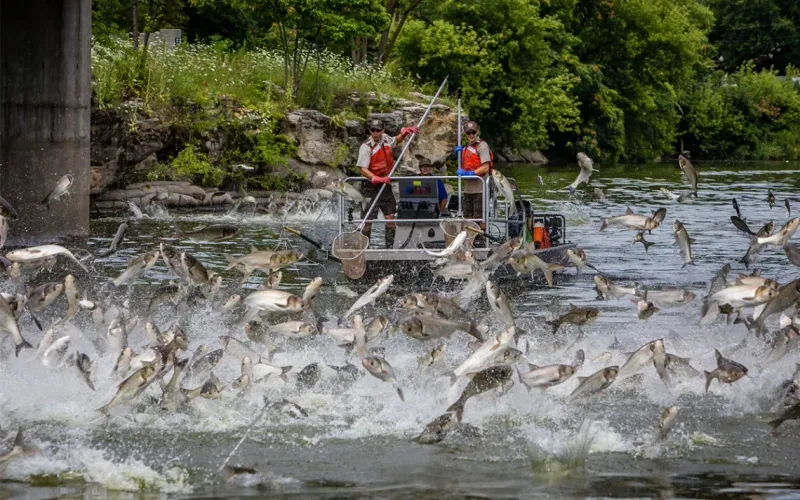
Famous for leaping out of water when startled by boat motors, these fish have turned river cruises into hazardous adventures. Brought to America in the 1970s to clean aquaculture ponds, they escaped during floods.
A single female can release over a million eggs annually, and they outcompete native fish for food and habitat throughout the Mississippi River basin.
2. Emerald Ash Borer
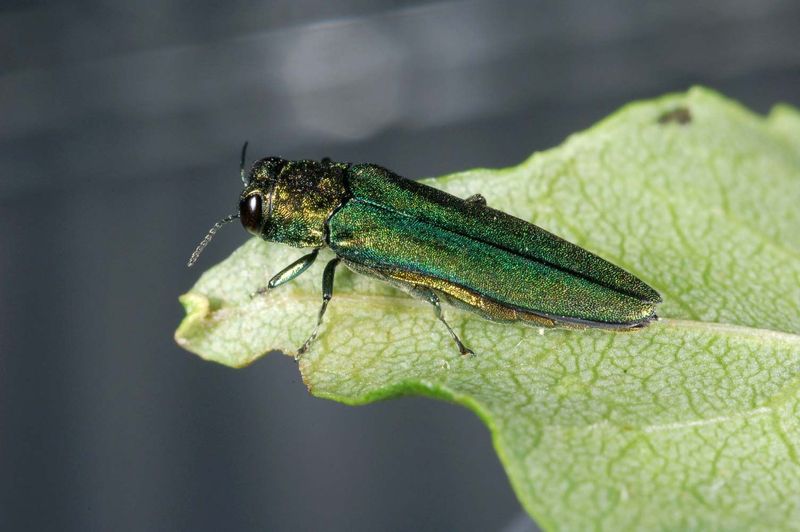
Smaller than a penny but responsible for killing millions of ash trees, this metallic green beetle arrived in wooden packing materials from Asia. Its larvae tunnel under bark, cutting off nutrient flow and killing trees within 2-3 years.
Since its discovery in Michigan in 2002, it has spread to 36 states, devastating urban canopies and forest ecosystems alike.
3. Burmese Python
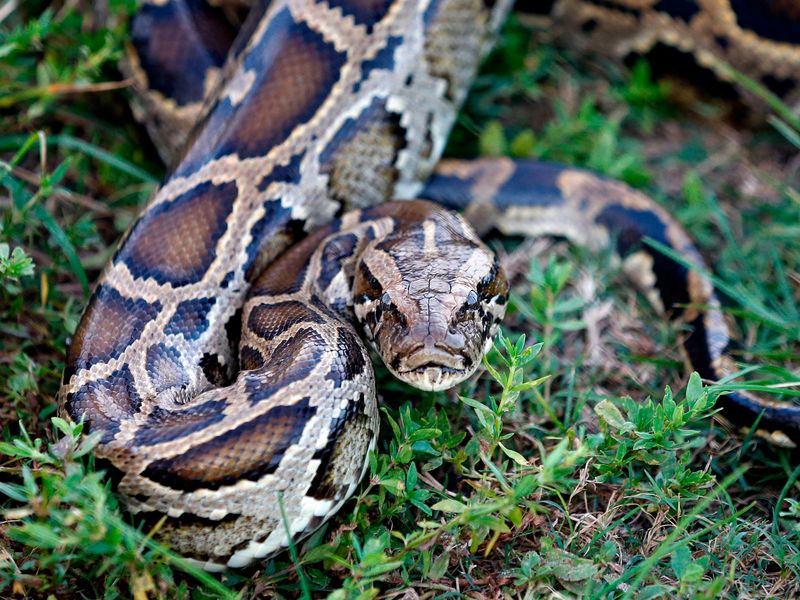
Released by overwhelmed pet owners, these massive constrictors have established a breeding population in the Everglades. Growing up to 20 feet long, they’ve become apex predators in an ecosystem unprepared for their appetite.
Studies show they’ve reduced small mammal populations by over 90% in some areas, swallowing everything from rabbits to full-grown deer and alligators.
4. European Starling
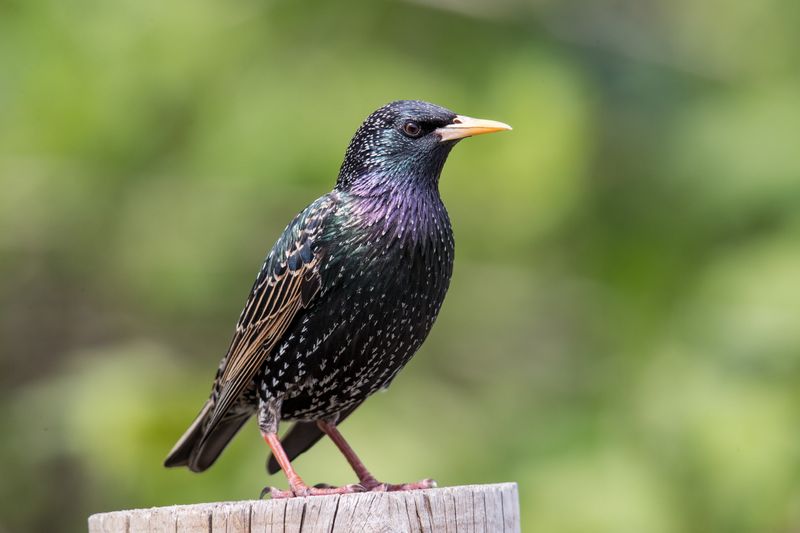
A literature lover’s misguided tribute unleashed ecological chaos when Eugene Schieffelin released 100 starlings in Central Park in 1890, wanting America to have all birds mentioned in Shakespeare’s works.
From that small flock, over 200 million starlings now blanket North America, displacing native cavity-nesting birds and causing millions in agricultural damage annually.
5. Zebra Mussels
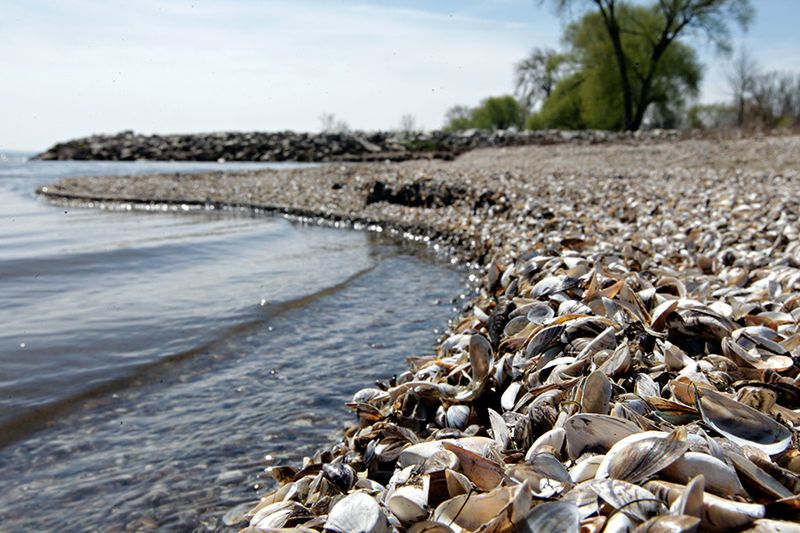
No bigger than a fingernail, these striped mollusks arrived in ship ballast water from the Caspian Sea in the 1980s. A single female can produce a million eggs yearly, allowing them to carpet lake bottoms with up to 700,000 mussels per square meter.
Their efficient filtering completely alters aquatic ecosystems while clogging water intake pipes, causing billions in damage.
6. Wild Boars
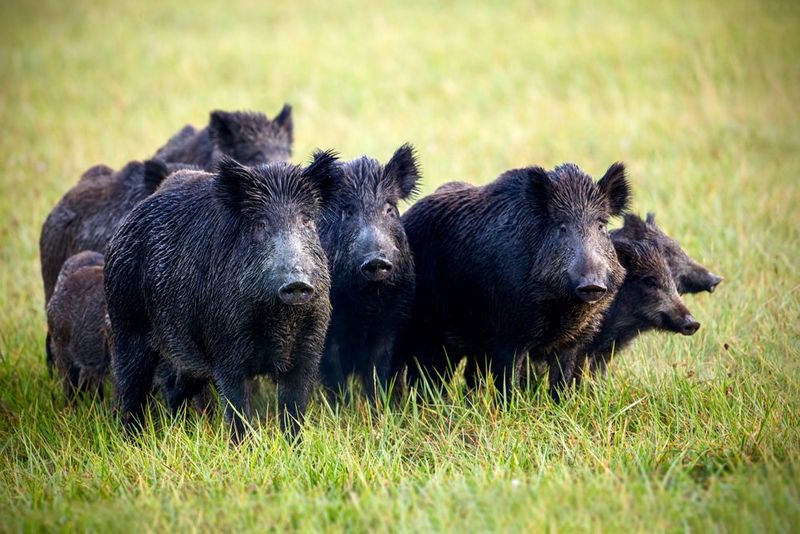
Brought by Spanish explorers as livestock in the 1500s, escaped pigs have evolved into environmental wrecking balls. These intelligent omnivores use their powerful snouts to plow through soil like living rototillers, destroying native vegetation and croplands.
Found in at least 35 states, they cause $2.5 billion in damage annually while spreading disease to wildlife, livestock, and occasionally humans.
7. Kudzu
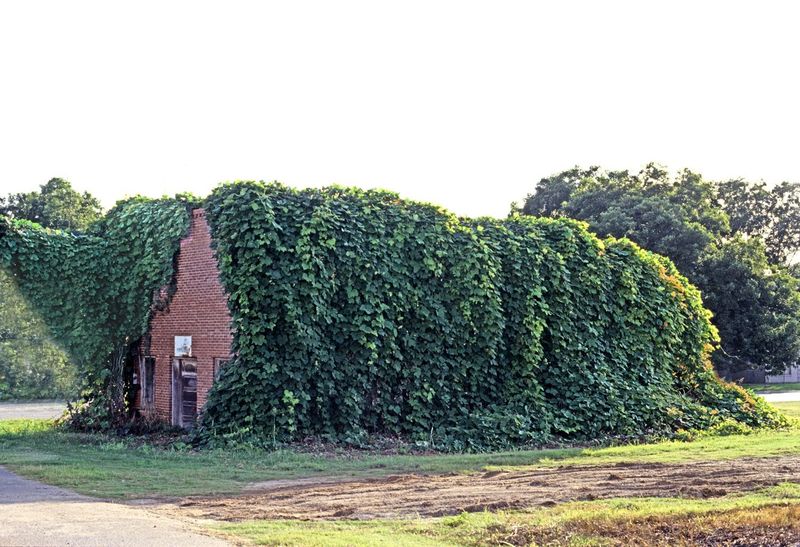
Originally brought from Japan as an ornamental plant in the 1800s, this aggressive vine can grow up to a foot per day! Kudzu smothers everything in its path, from trees to abandoned houses.
In the southeastern United States, it’s transformed landscapes into alien-looking green monsters, earning its nickname as “the vine that ate the South.”
8. Spotted Lanternfly
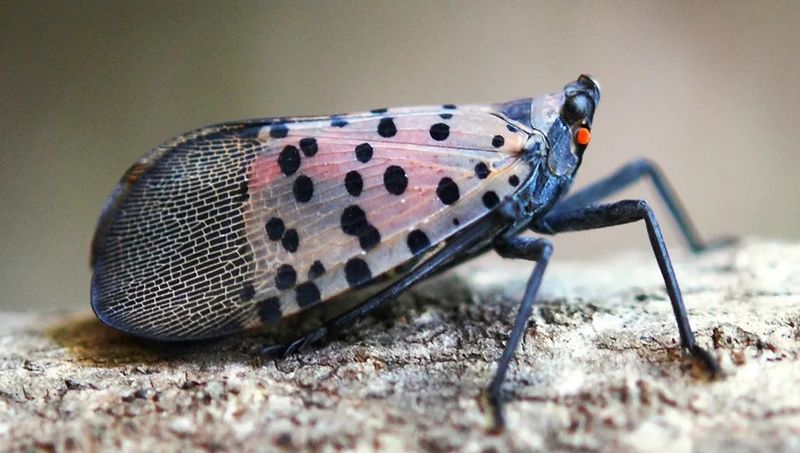
First detected in Pennsylvania in 2014, this strikingly patterned insect from Asia threatens vineyards, orchards, and hardwood trees. Adults swarm by the thousands, using their piercing mouthparts to tap into plant sap like living straws.
Their sticky honeydew secretions promote black sooty mold growth, further weakening plants and creating a mess on outdoor furniture and cars.
9. Lionfish
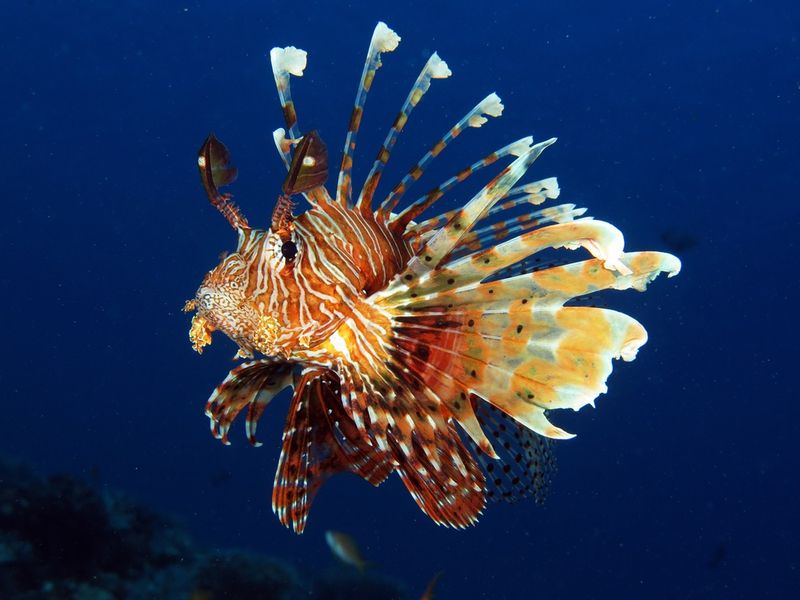
Aquarium releases in the 1980s introduced these flamboyant predators to Atlantic waters where they’ve become underwater tyrants. Armed with venomous spines and voracious appetites, a single lionfish can reduce juvenile fish populations by 80% in just five weeks.
With no natural predators and the ability to spawn every four days, they’ve spread from Florida to Venezuela, devastating reef ecosystems.
10. Beavers
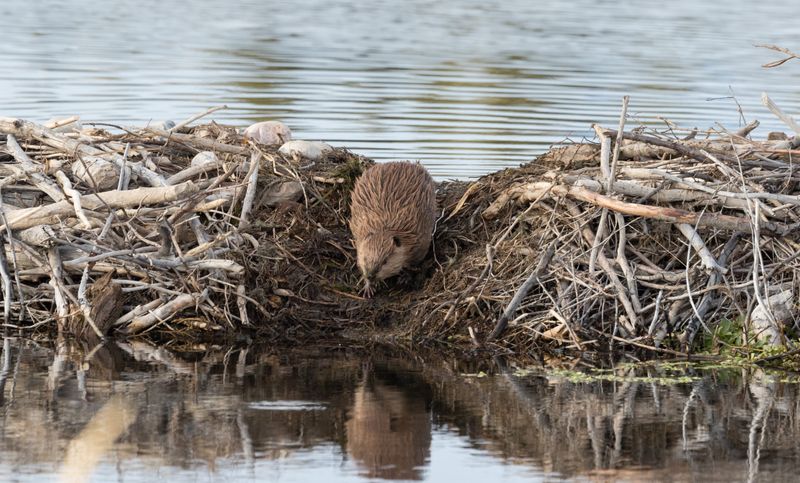
Nearly exterminated for their fur in the 1800s, beavers are returning to create vital wetland habitats. Their dams slow water flow, reducing erosion and creating pools that filter pollutants from watersheds.
Each beaver pond becomes a biodiversity hotspot, supporting hundreds of species from fish to birds while mitigating both drought and flood damage in our changing climate.
11. Gray Wolves
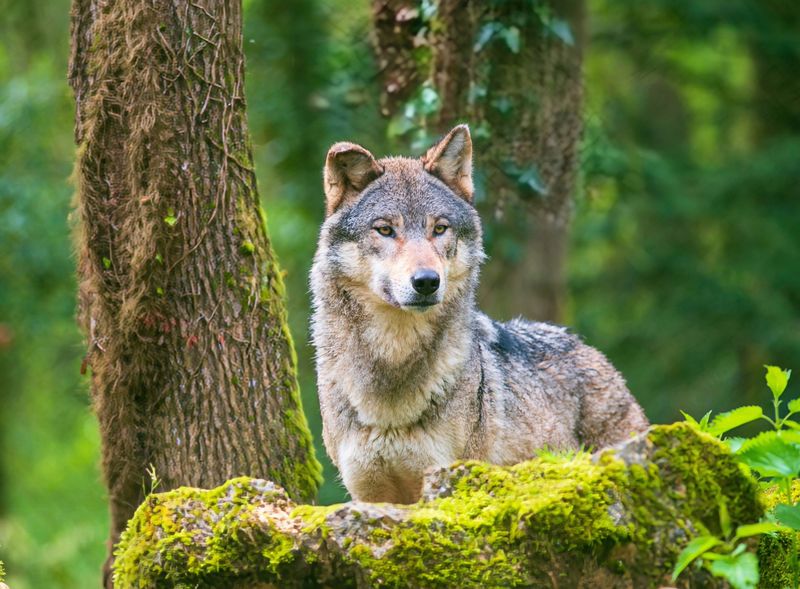
Reintroduced to Yellowstone in 1995 after being hunted to local extinction, wolves triggered an ecological transformation called a trophic cascade. By controlling elk populations, they allowed overgrazed vegetation to recover, particularly riverside willows and aspens.
This vegetation revival stabilized riverbanks, created habitat for songbirds, and even changed river patterns, demonstrating nature’s interconnectedness.
12. American Alligators
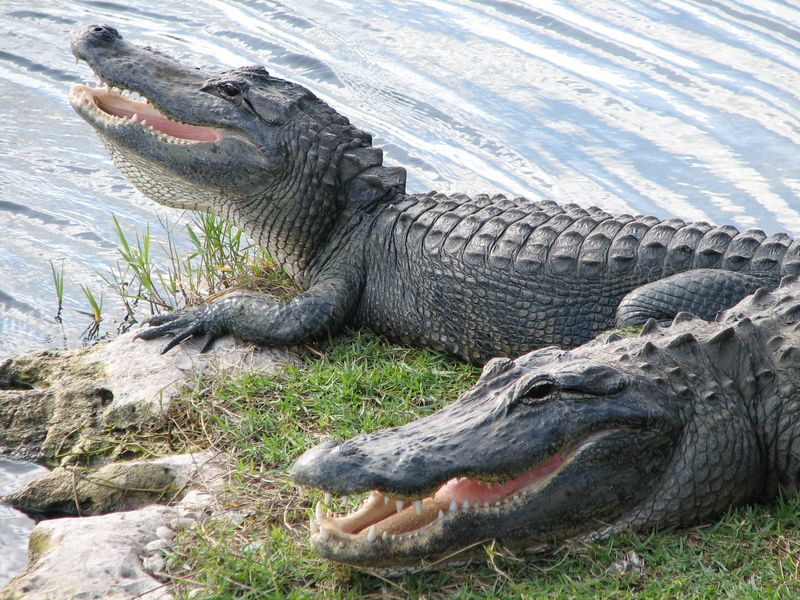
Once endangered due to hunting and habitat loss, these prehistoric reptiles have rebounded to become ecosystem engineers. Their “gator holes” – depressions they create and maintain – provide crucial water refuges during droughts for countless creatures.
In the Everglades, they help control invasive pythons while their nesting activities create elevated areas where drought-sensitive plants can thrive.
13. Prairie Dogs
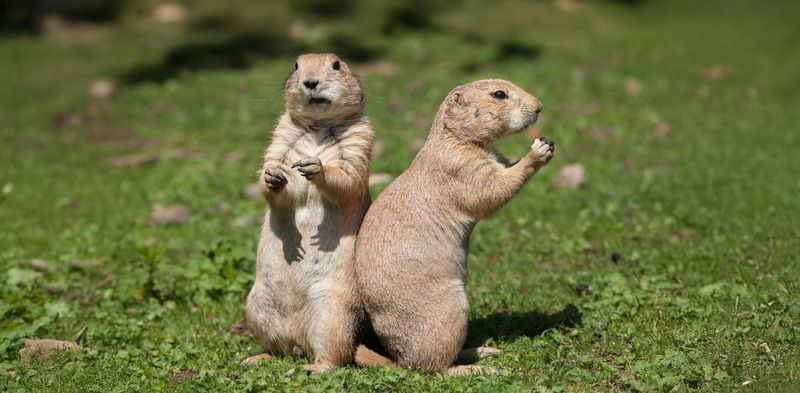
Far from simple rodents, these social mammals create complex underground cities that aerate soil and increase water penetration. Their burrows provide homes for burrowing owls, swift foxes, and numerous reptiles.
As natural lawn mowers, they maintain grassland diversity while their status as prey supports predators like ferrets and hawks, making them keystone species of the prairies.
14. Freshwater Mussels
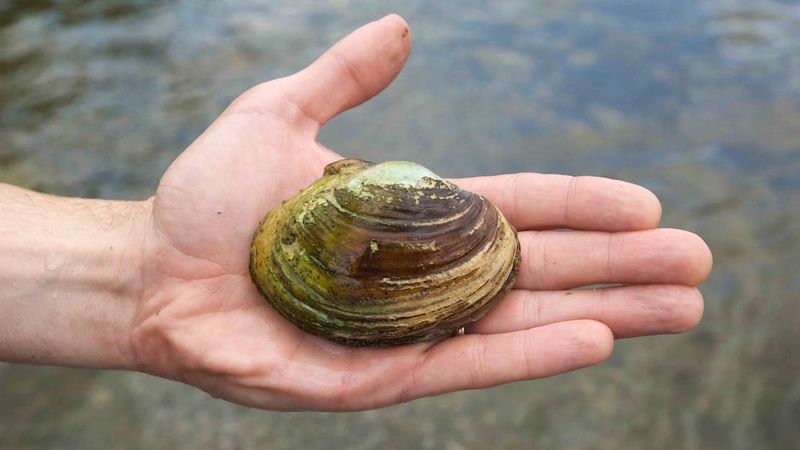
Among North America’s most endangered animals, native mussels are living water purifiers. A single mussel filters several gallons daily, removing bacteria, algae, and pollutants while extracting nutrients that would otherwise cause harmful algal blooms.
Their shells provide microhabitats for smaller creatures, and their presence indicates healthy waterways, making conservation efforts crucial for clean water systems.

